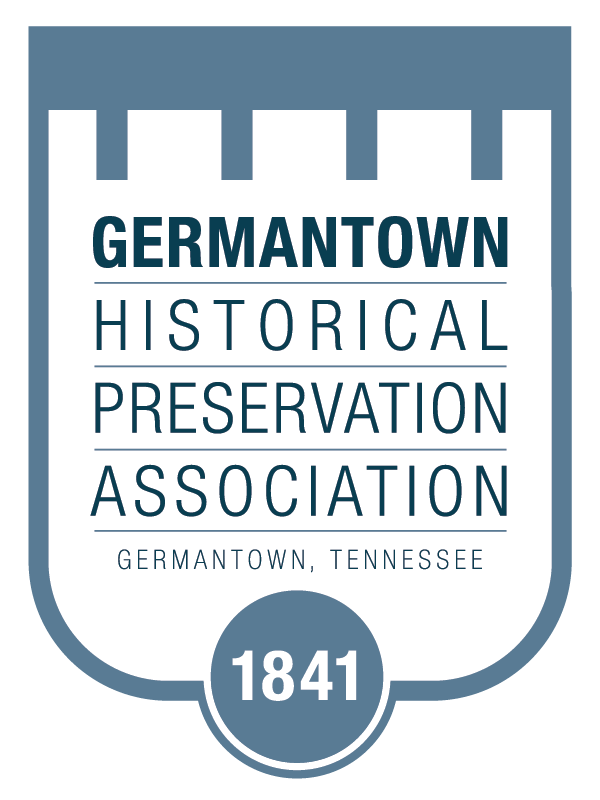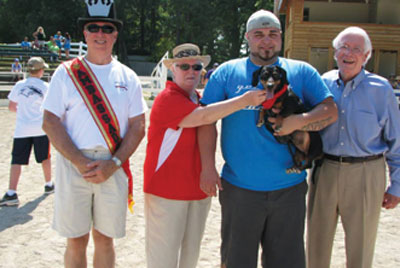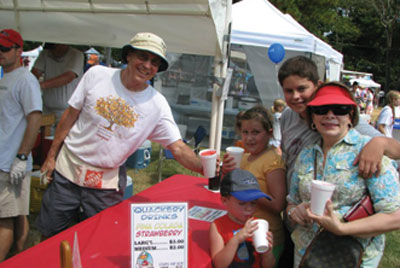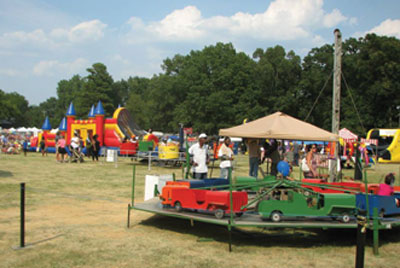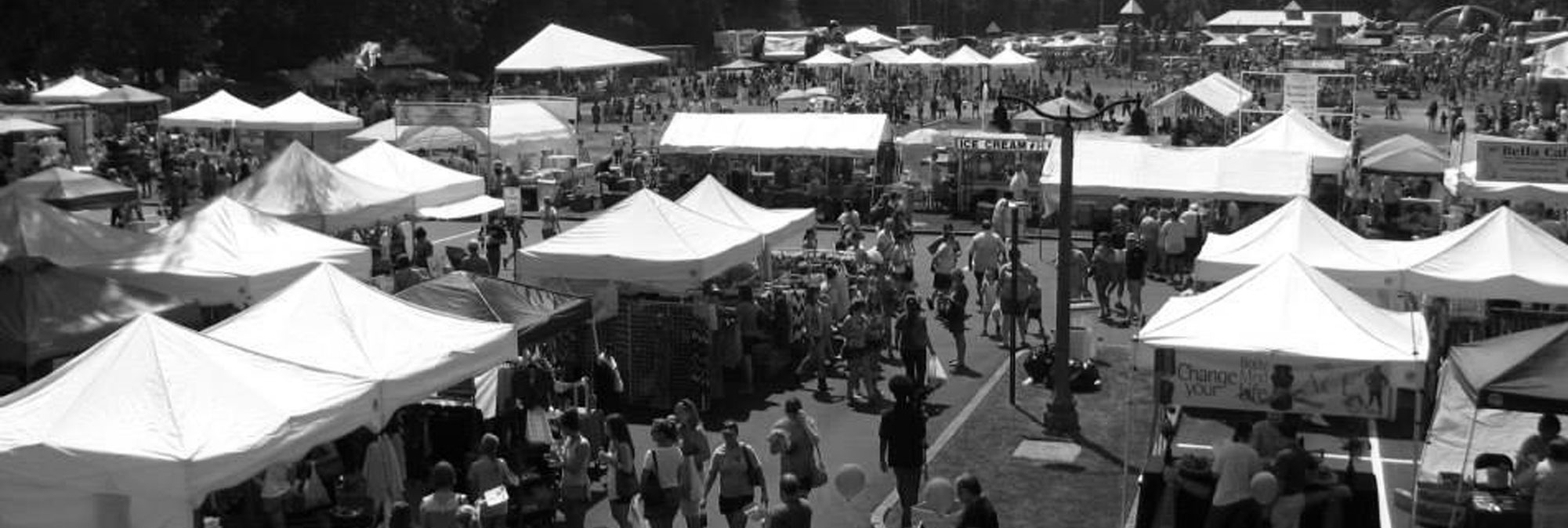
Germantown Festival
In 1972 Bruce Law was Mayor and the City’s population was approximately 5,000.
Robin Wood had The Book Cottage in an area called The Pines (approximate site of the current Medical Office Building between Poplar Avenue and Methodist Hospital). In The Pines was the former estate home of Maude Cauthorn and later Dr. William F. Bowld of Bowld Hospital in Memphis. She also partnered with Nancy Grider of The Checkerberry for 18 years. At one time, Nancy also had a partner named Mary Glynne Massey. Phil Maybee had an antique store in a log cabin on the southeast corner of Poplar Avenue and Germantown Road; and Ray Dickey was a realtor.
What did all these people have in common? In 1972, they, as business people, along with several clubs, saw the need to attract people to Germantown. They created the Germantown Festival Committee. In 1983, the charter was surrendered and a new corporation was proposed titled Germantown Association, Inc. Bill Watkins helped with the financial structure and the late Owen Batchelor with the legal structure. A Festival Committee was formed with Bobby Lanier, Thane Smith, and George Walters as charter members.
Originally, the Germantown Festival was divided into three areas. Germantown Road was closed from Poplar Avenue to Oaklawn Gardens on Poplar Pike. The northernmost area had arts and crafts in the area of The Pines. The area was fenced from the street and given the flavor of a Renaissance Fair, a medieval atmosphere. Even Germantown Square Mall across Poplar from the Pines had arts and crafts. The second area was Germantown Road between Poplar and Poplar Pike. There were country arts and crafts along with entertainment. Craftsmen paid a fee to participate, but there were no scholarships on behalf of the Festival. Each club used their own proceeds to support their own specific cause.
The women realtors sold sausage and biscuits in front of the building at North Street, currently occupied by Franklin Antiques. The Baptist Church provided an old-fashioned service in period dress. There were the Suzuki players and the knotwurst makers.
I found it appropriate that the production showing at The Germantown Theatre in St. George’s Chapel during the 1979 Festival, was “Damn Yankees”. In 1862, they burned most of the buildings along that street. Rugby was offered in C.O. Franklin Park, while the U.S. Polo Association was playing the Copper Cup Tournament on the Polo Grounds, south on Germantown Road. The newspaper noted that public restrooms were available at the back of the Century 21 building.
Area three was C.O. Franklin Park on Poplar Pike. One year before, The Heritage Woman’s Club of Germantown had a “Flea market” there, the benefits of which supported the Germantown Community Center. This third area in 1972 became part of the Festival, and the Heritage Woman’s Club has occupied a space near the Pickering
Center ever since that time. The wonderful work that they have contributed to the City as a result of their sales is an article unto itself.
Later, the Festival would become such a hit that it had to be centrally located in an area that could hold the large numbers of visitors. All portions of the Festival moved to C.O. Franklin Park on Poplar Pike, and general scholarships from the proceeds were presented on behalf of the Germantown Festival Committee.
Today, attendance is estimated at 55,000 to 65,000. The event over the last several years has been run by Melba Fristick (13 years) and the late Jim Arnold. Give Melba and her volunteers a big thank you for all the work they do.
One of the more popular events on Sunday is the ‘Running of the Weenies’ dachshund race in the Charity Horse Show Arena. The “Weenie Race” was begun years ago by the Germantown Animal Commission.
So how popular is this Festival? One couple called Melba recently to confirm the day of the race to ensure that the date of their honeymoon would still allow them to be present for the race. Dare I say that their marriage is going to the dogs?
